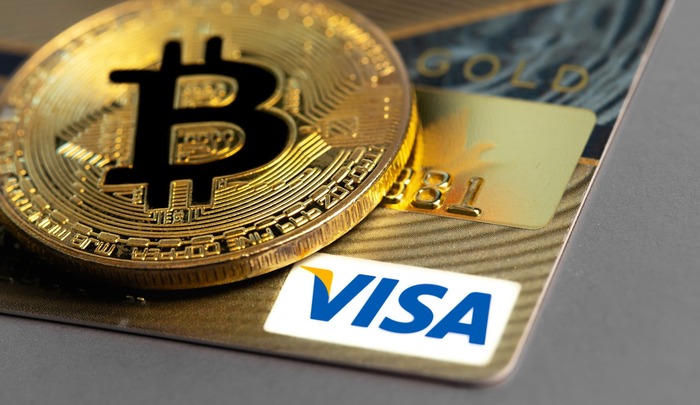As the gap between traditional finance and Web3 keeps shrinking, one tool has rapidly gained traction among traders and everyday users alike — a crypto card.
It bridges the usability of fiat with the innovation of blockchain, allowing digital assets to be spent just like dollars or euros at your favorite coffee shop, online store, or even while traveling.
But how do these cards actually work? And what makes them so appealing in today’s fast-paced digital economy? Let’s break it down.
How Digital Currency Payments via Crypto Cards Work?
At the heart of crypto cards is the ability to convert crypto into fiat on the fly. When you swipe a cryptocurrency debit card, it doesn’t send Bitcoin or Ethereum to the merchant directly. Instead, your chosen crypto is instantly converted into local currency through a payment processor.
This real-time exchange ensures the merchant gets paid in fiat, while you spend from your crypto balance — smooth as butter.
Behind the scenes, these cards are often backed by giants like Visa or Mastercard, with liquidity providers ensuring seamless conversions at competitive rates. In other words, you don’t have to jump through hoops to use your crypto in the real world — the infrastructure’s already there.
Now, let’s talk benefits. First off, these cards offer unmatched convenience. You no longer need to manually transfer crypto to an exchange, convert it, wait for settlement, and then move fiat to your bank. With a crypto card, it’s one swipe and done.
Many card issuers also throw in reward programs — think cashback in Bitcoin, staking incentives, or exclusive perks for high-volume users. Combine that with lower transaction fees for cross-border payments and you’ve got a pretty compelling everyday spending tool.
What to Consider When Choosing Card Issuers?

Not all card issuers are created equal. Some offer sleek apps and lightning-fast conversions, while others drown you in hidden charges. So, how do you separate the wheat from the chaff? Here’s a short guide:
- Examining transaction fees. Some providers charge up to 3% per conversion or tack on monthly maintenance fees. Over time, those add up — especially for active users.
- Digging into supported cryptocurrencies. A good card should let you load up more than just Bitcoin. The best options include support for altcoins like Ethereum, USDT, SOL, and even emerging tokens.
- Security features are also key. Look for cards with two-factor authentication, spending limits, biometric access, and even cold storage for unused funds. A reputable provider should treat security like a top priority — not an afterthought.
- Card availability by region. Some cards only operate in select countries due to licensing restrictions. Always double-check that your jurisdiction is supported before signing up.
Crypto spending may feel like the future, but the taxman still lives in the present. Depending on where you’re based, every time you use your crypto card, it could be treated as a taxable event. That’s why it’s crucial to understand the tax implications of each transaction.
Equally important is regulatory compliance. Reputable card issuers comply with KYC and AML standards. While that means verifying your identity during onboarding, it also adds a layer of legitimacy and trust, especially when handling high-value assets.
Cryptocurrency debit cards are here to stay. Whether you’re using them for day-to-day expenses, travel, or online shopping, they unlock the liquidity of your crypto portfolio without needing to cash out manually. Just make sure to do your homework — look at fees, supported tokens, rewards, and regulatory standing before picking your card.

